Expert team brings a Liverpool gem back to life
Around 4,500 HMRC staff will relocate to India Buildings in Liverpool following an £11m refurbishment that has revived its ‘Edwardian splendour’ – LBN went to take a closer look. Tony McDonough reports
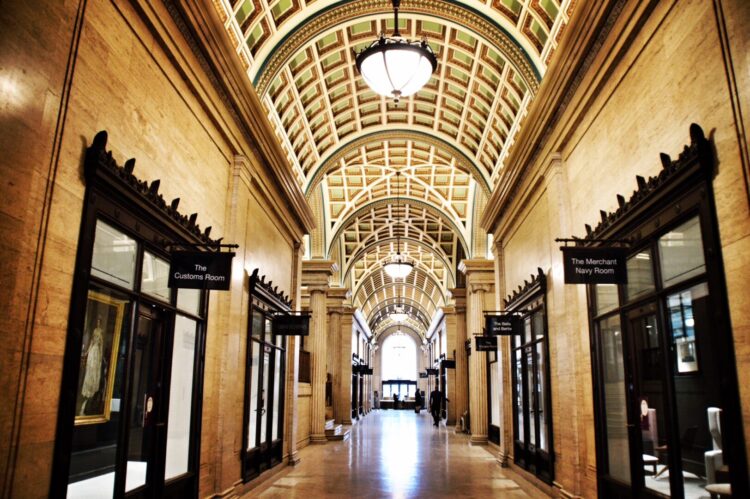
India Buildings has long been one of Liverpool’s most magnificent buildings but in recent years had become tired and neglected as commercial tenants moved out of its offices.
Its once bustling retail arcade, filled with specialist outlets such as antique shops and barbers, had seen footfall plummet with the only remaining popular destination a Post Office in one corner of the building.
Then a decision by HMRC to create a series regional super HQs offered a new lease of life for the Grade II-listed Water Street landmark. In 2017 HMRC announced a consolidation of its Merseyside office network. It said it intended to move around 3,500 staff into one location.
A number of options were looked at, including the possibility of a purpose-built site. But this would have meant a location outside of the city centre, more difficult for staff to get to. So India Buildings, right in the middle of Liverpool’s commercial district, was seen as the ideal option.
It was this decision that underpinned a move by Legal & General (L&G) to acquire the site for £125m from Shelborn Asset Management, a record for the sale of a single office building in Liverpool.
VIDEO: Interview with one of the HMRC team who will work in the building
However, the refurbishment wasn’t without its setbacks. Originally meant to take three years, the project was delayed by a year when the original contractor, Styles and Wood, saw its contract terminated in September 2019. Caddick Construction was then appointed but they too were replaced by Overbury, part of Morgan Sindall, in December 2019
India Buildings’ last remaining major tenant, law firm DLA, relocated to nearby Exchange Flags and a comprehensive refurbishment project, worth around £11m, got under way. That project is now pretty much complete.
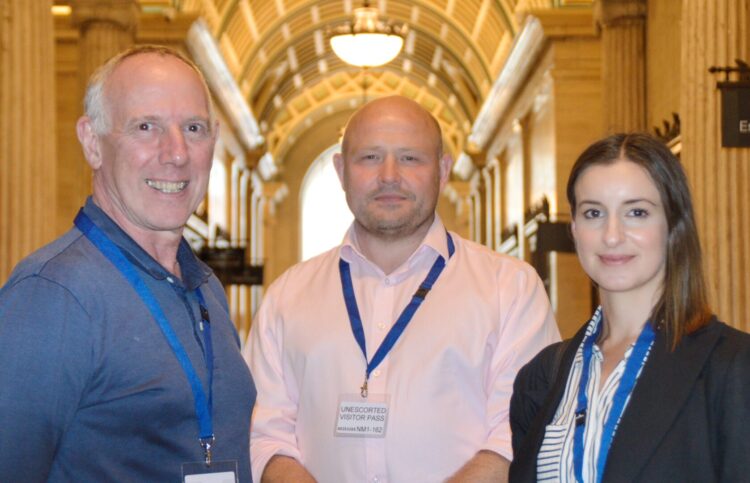
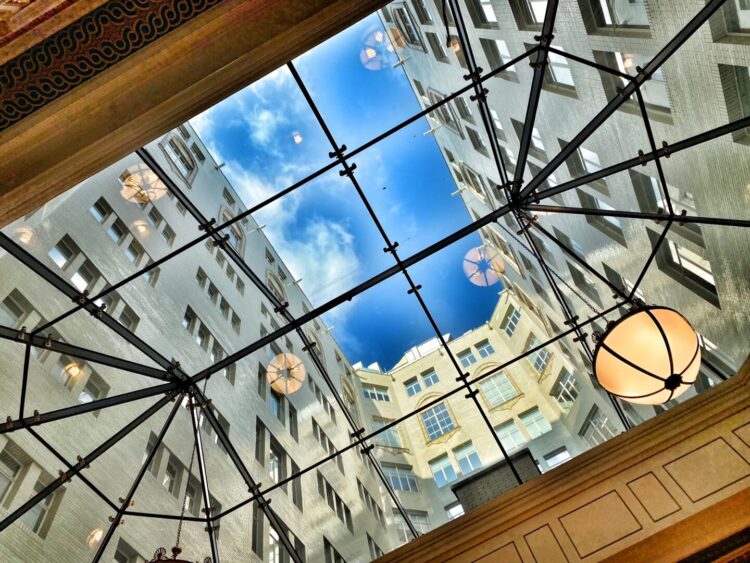
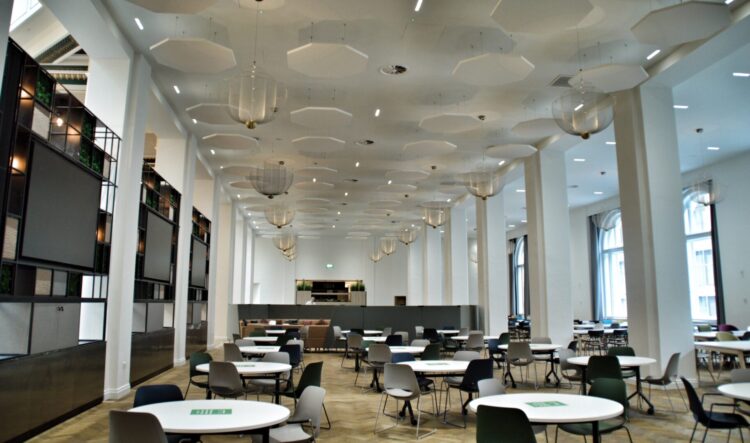

HMRC staff began moving into the building in May and the aim is to have 4,500 staff based at the site by autumn 2022 – that is 1,000 more than previously planned. They will occupy more than 270,000 sq ft of space.
The refurbishment of India Buildings is part of a nationwide plan to consolidate HMRC’s 63,000-strong team across just 13 regional offices, replacing the current network of 180 smaller operations. The North West is the only region to have two hubs – one in Liverpool and one in Manchester. The strategy will save the Government £80m a year.
LBN went along to take a closer look at the refurbishment project which has aspired to preserve as much as the building’s original features as possible. It is, in the words of Alex Harrison, senior architect at Falconer Chester Hall in Liverpool, “a triumph of collaboration”.
Andy Leggett, HMRC’s senior sponsor for India Buildings said a number of the other HMRC hubs have been new-builds. But he believes the standard of workspace achieved at the Liverpool site exceeds that of the other locations.
He explained: “India Buildings in Liverpool is HMRC’s ninth regional centre to open. The building is Grade II-listed and the heritage elements have been sensitively restored to their former Edwardian, transatlantic splendour.
“It is also a Government Hub in one of the Government’s Places for Growth locations and HMRC colleagues will work in bright and modern workspaces, making it easier to work collaboratively and innovatively with others.”
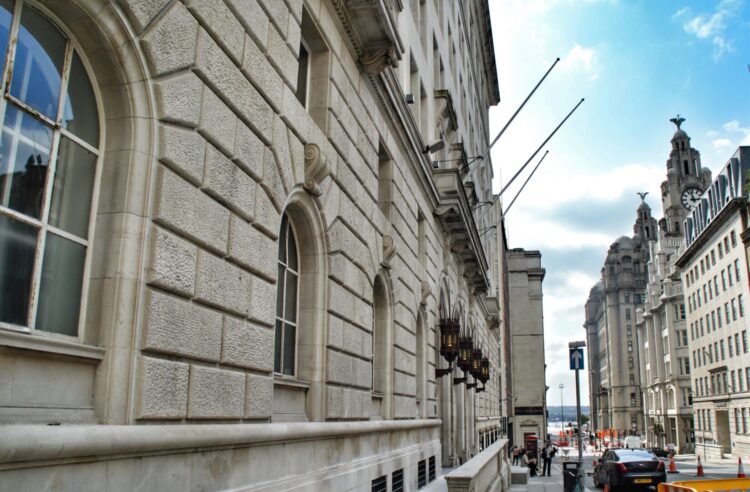
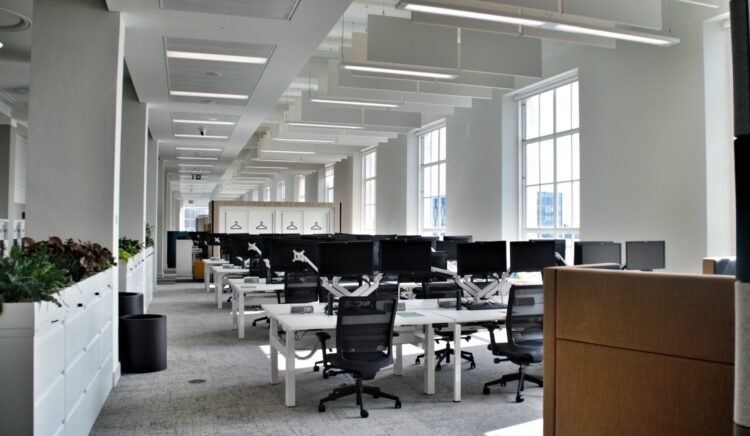
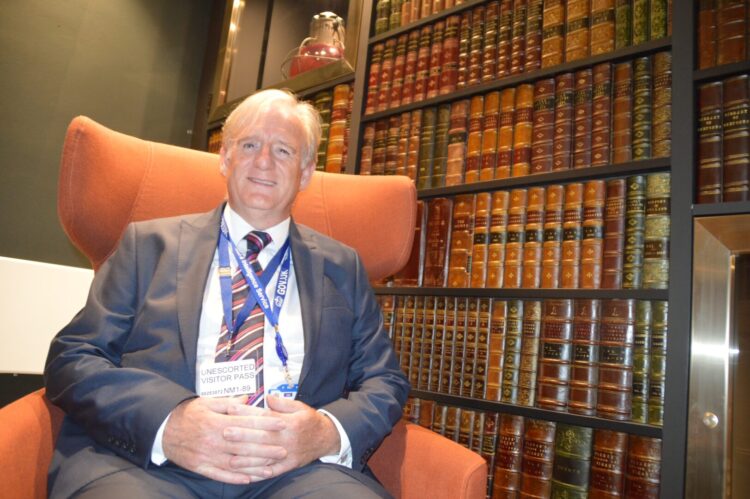
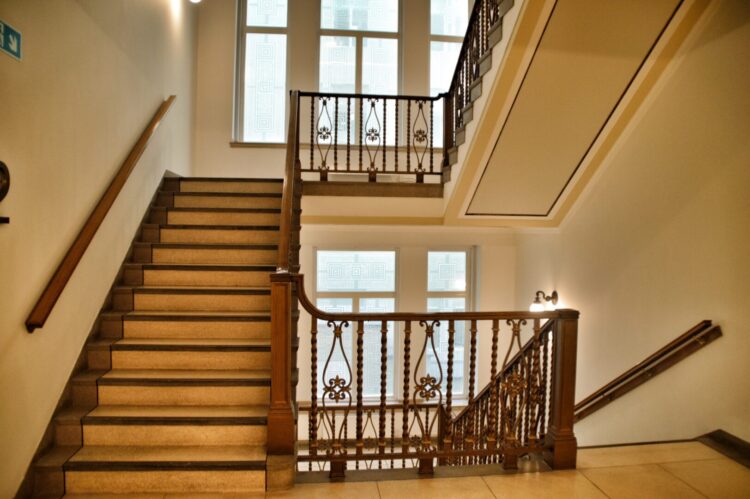
India Buildings was built between 1924 and 1932 as a speculative venture by shipping firm, Blue Funnel Line, owned by Alfred Holt. Architects Arnold Thornely and Herbert J Rowse won a competition to design the site. It cost £1.25m – equivalent to around £85m today.
It replaced an earlier ‘India Building’ on the site which was built in the 1830s for George Holt, Alfred’s father. In 1941, during World War II, India Buildings was bomb damaged but under Rowse’s supervision it was restored to its original condition.
It is not the first time that Government departments have occupied the building. The Passport Office and Income Tax Surveyors and collectors from the Inland Revenue have all worked in the building.
According to Alex Harrison, retaining the heritage features was one of the biggest challenges. She said: “We set out to retain as much of the heritage feature as possible, and that included the toilets. We replaced all of the windows to the exact specification of the originals.”
Overbury’s John Wood was project director. He said one of the biggest challenges was around conforming to fire safety standards. This became a particular focus following the Grenfell tragedy in London which occurred when the India Buildings project was already under way.
“Some of the older heritage features were actually covered up by previous refurbishments and we have been able to bring them out again during this project,” he said. “Level 2 had the most cellular offices. The heritage officer said they needed to be retained. So we turned them into meeting rooms.”
Alex added: “This building was practically empty and the opportunity to bring it back to life and full usage was too good to miss.”
One particular innovative feature of the project came about when it occurred to the project team that the walls in the second floor meeting rooms were quite thin. There was a risk that sensitive information being discussed could be heard by people in the corridors.
Brian Taylor of Ward Robinson, the company responsible for the internal fit-out, said a decision was made to install a number of small speakers. He explained: “They mask sound by creating background ‘white noise’. It meant that people in the meeting rooms could say whatever they liked without being heard in the corridor.”
One of the negative aspects of the project is that there will no longer be general public access to the magnificent Holt’s Arcade on the ground floor. In a statement HMRC told LBN: “We recognise it is of architectural significance both nationally and for the city. We are investigating opportunities, such as Heritage Open Days.”
An office building, of course, is all about the people that will be using it every day. HMRC uses an ‘inclusive’ design guide. It is claimed it is the most progressive design guides for office space in the UK.
Andy Leggett said: “We no longer talk about accessibility. That is a given. It is the inclusivity that is at the centre of the approach. There was a lot more effort that has had to be put into this but I think it has been worth it.”

